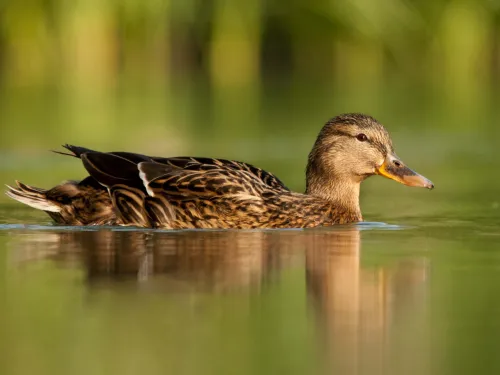
Mallard
The much-loved mallard is our most familiar duck, found across town and country. If your feeding the ducks please don't feed them bread - it's not good for them! Instead, they love eating sweetcorn, lettuce, oats and seeds.
Want to learn more about wildlife near you? You're in the right place, search below and discover the nature you can help protect in Kent.

The much-loved mallard is our most familiar duck, found across town and country. If your feeding the ducks please don't feed them bread - it's not good for them! Instead, they love eating sweetcorn, lettuce, oats and seeds.
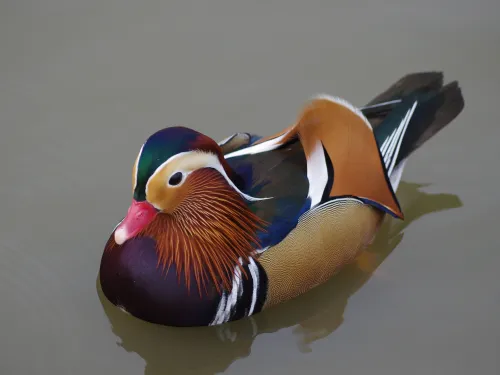
A pretty and distinctive little waterbird, the mandarin duck was introduced from the Far East as its name suggests. Oddly for a duck, it nests in trees, sometimes high above the water.
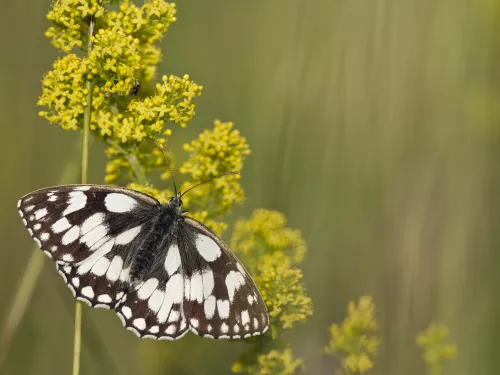
The striking black-and-white checks of the marbled white are unmistakeable. Watch out for it alighting on purple flowers, such as field scabious, on chalk and limestone grasslands and along woodland rides.
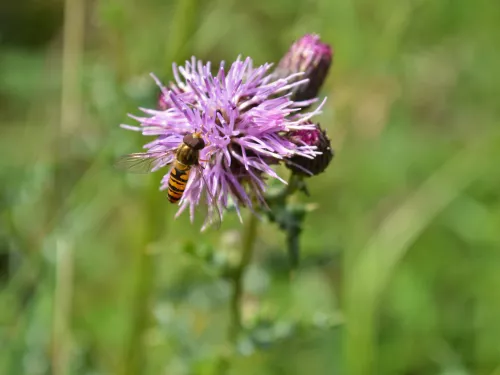
Our most common hoverfly, the marmalade fly is orange with black bands across its body. It feeds on flowers like tansy, ragwort and cow parsley in gardens, hedgerows, parks and woodlands.
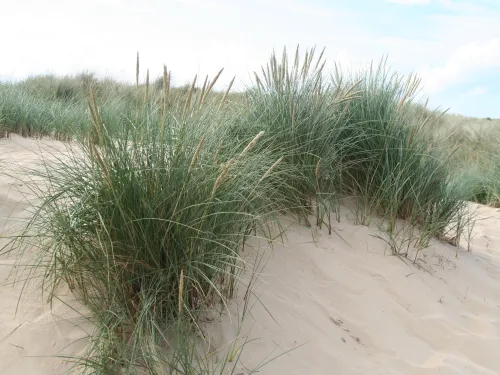
The dense, spiky tufts of Marram grass are a familiar sight on our windswept coasts. In fact, its matted roots help to stabilise sand dunes, allowing them to grow up and become colonised by other species.
Look for the deep magenta, star-shaped flowers of Marsh cinquefoil in marshes, bogs, fens and wetlands in the north, west and east of the UK.
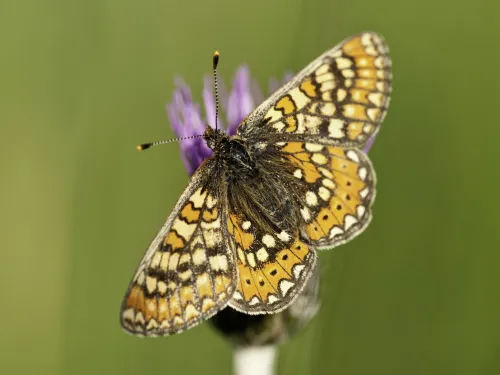
This beautiful butterfly is one of our rarest, now mostly restricted to the western parts of the UK.

Europe's largest frog is not naturally found in the UK, but was introduced to Kent and has spread throughout the southeast.
The bright blue, trumpet-shaped flowers of the marsh gentian contrast deeply with the pinks and purples of the wet heaths it inhabits. The New Forest holds a large population of this late-flowering plant.
The marsh hair moss is the largest moss in the UK. Look out for it in damp woodland and on boggy heathlands where it forms large, green and spikey 'cushions'.
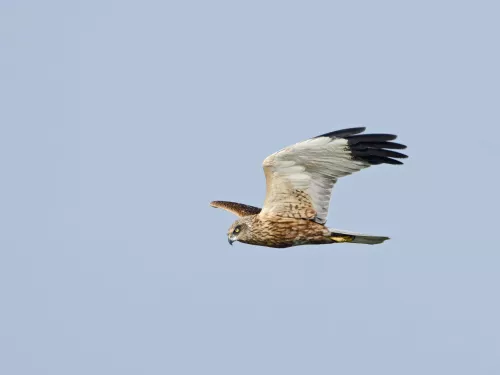
The courtship of the marsh harrier is certainly a sight to behold - wheeling and tumbling through the sky, male and female partners lock talons in mid-air. Look out for this rare bird over reedbeds in East Anglia, Somerset and the South East.
The Marsh helleborine is a beautiful orchid of fens, wet grassland and dune slacks. Growing in profusion in places, look for reddish stems and white-and-pink flowers.